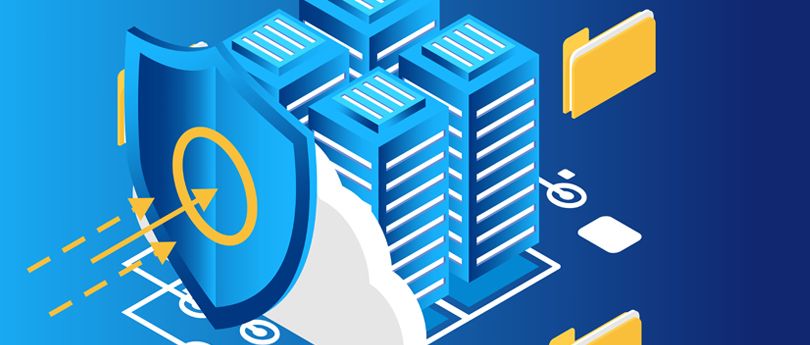Read time 4 minutes
Microsoft Exchange Server has earned the trust of the majority of its users because they know that their data is safe at the Exchange Server. Microsoft always puts the security measures of Exchange Server at a high pedestal and use various techniques to safeguard the data. The latest version of Exchange Server 2019 has increased the level of security by allowing to install the Exchange Server 2019 at only the Windows Server 2019 as well as Windows Server Core. But, still, you should know about various techniques to further protect your Exchange Server data present in different mailboxes. In the present article, we will go through some useful methods which we can use to enhance the protection of your business data.
How to secure Exchange Server data?
Here are the multiple tips and Microsoft tools you must follow to protect your Exchange data from any issues and external threats.
- Take assistance of external IT experts: There are many security experts and ethical hackers which can check the health of your network. Various businesses hire these professionals and use their expertise to find out the loopholes in their system. It is a white hat technique which critically examines your current IT setup and allows the experts to give you some valuable suggestions.
- Secure your Operating System: Many Exchange Administrators overlook the significance of a secure operating system. They only focus on Exchange Server and its given security methods. But, the Operating system has many unnecessary processes running in the background which can hamper the ongoing email communication. That’s why you should check such processes and disable them. You should also delete the old files present on the Operating System.
- Use valid security certificates from an authorized vendor: The security certificates are required for efficient incoming/outgoing communication, and they make sure that the messages are safe from any external threat. You need to have different certificates for a different hostname, so plan your budget accordingly. But it is better to go for an authorized vendor only.
- Apply the firewall: A firewall may seem simple method only, but it is a useful one. Microsoft provides an in-built Windows Firewall including Advanced Security. Here, you can filter the communication coming towards the Exchange Server.
- Take a routine backup: Taking a backup of Exchange database is an essential job of Exchange Administrator and you need to save the it at a routine interval. Windows Server Backup is the tool which you should utilize to take the backup as per your comfort. With the use of Windows Server Backup tool, you can save the backup of either full server or customize to select only the important ones.
You can also use Kernel Exchange Backup & Restore tool which can performs both functions. It will save the Exchange Data to a PST file which you can again restore to Exchange later. - Use various Microsoft tool: There are different tools from Microsoft which are extremely useful, and you can check and find out the current health of the Exchange Server. Here is the list:
- Exchange Best Practices Analyzer (EBPA): It is a unique tool for the Exchange Administrators which programmatically collects the values from the various data repositories like Active Directory, Metabase, and performance monitor. Later, it provides a detailed report and recommends the changes useful for scaling the performance of Exchange Server.
- Security Compliance Manager: It is a security and compliance tool which lets you plan and manage the security baseline for the client and server operating system, and other Microsoft software. It reduces your time and energy required to secure the IT environments.
- Microsoft Security Configuration Wizard: It is a unique program which lets the Administrator change the server’s default setting. You can customize network security policy, registry values, services, audit policies
- Microsoft Baseline Security Analyzer: It is a free scan tool which can scan the local and remote windows systems. It lets you access the missing security updates, update rollups, and Service packs available from Microsoft.
These referred tools make the Exchange Server more secure and easy to use. - Apply safe and block list: There is an in-built feature which lets you specify the senders you want to send messages to you. The list tells the Edge Transport Server to allow or block senders mentioned in the list.
Use third-party software
Even after applying every possible security feature, the database may get corrupt due to any hardware or software failure. In case of corruption, you need to have a recovery software along with you which can access the database and remove the corruption. Kernel for Exchange Server recovery is the best software which supports each version of Exchange Server and saves the data in multiple formats. It not only helps the recovery of on-premises Exchange, but it can also recover the data from Exchange Online, hosted Exchange, etc. There are multiple filtering options which let you select only the essential data and leave the rest of the data. If the data was deleted accidentally, then you will find the data present in the mailbox colored in red.
